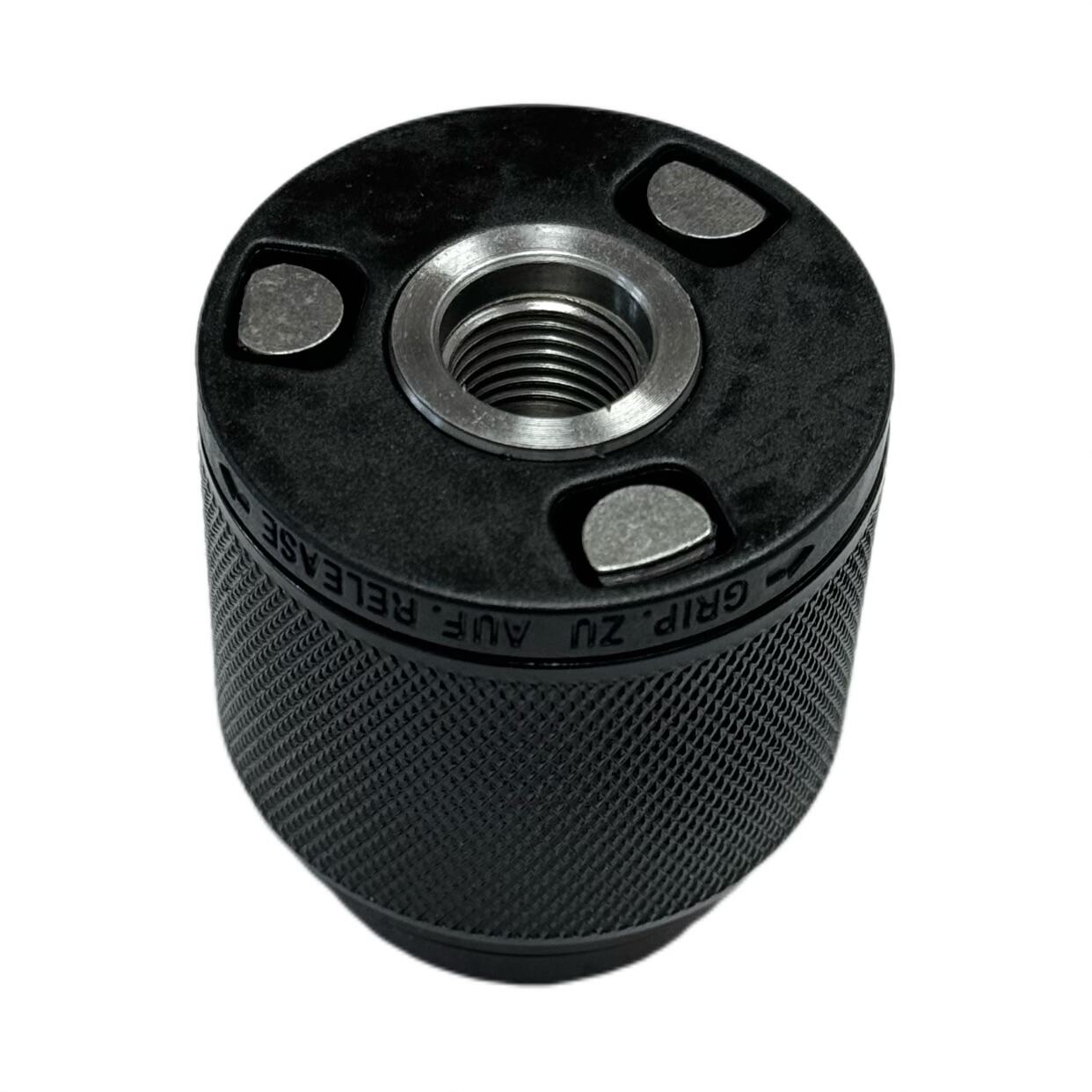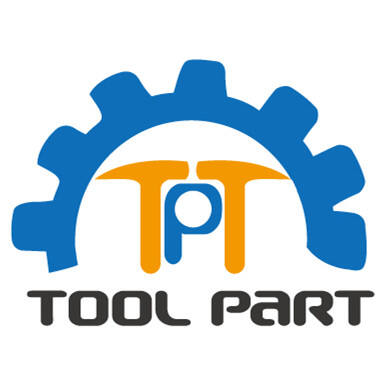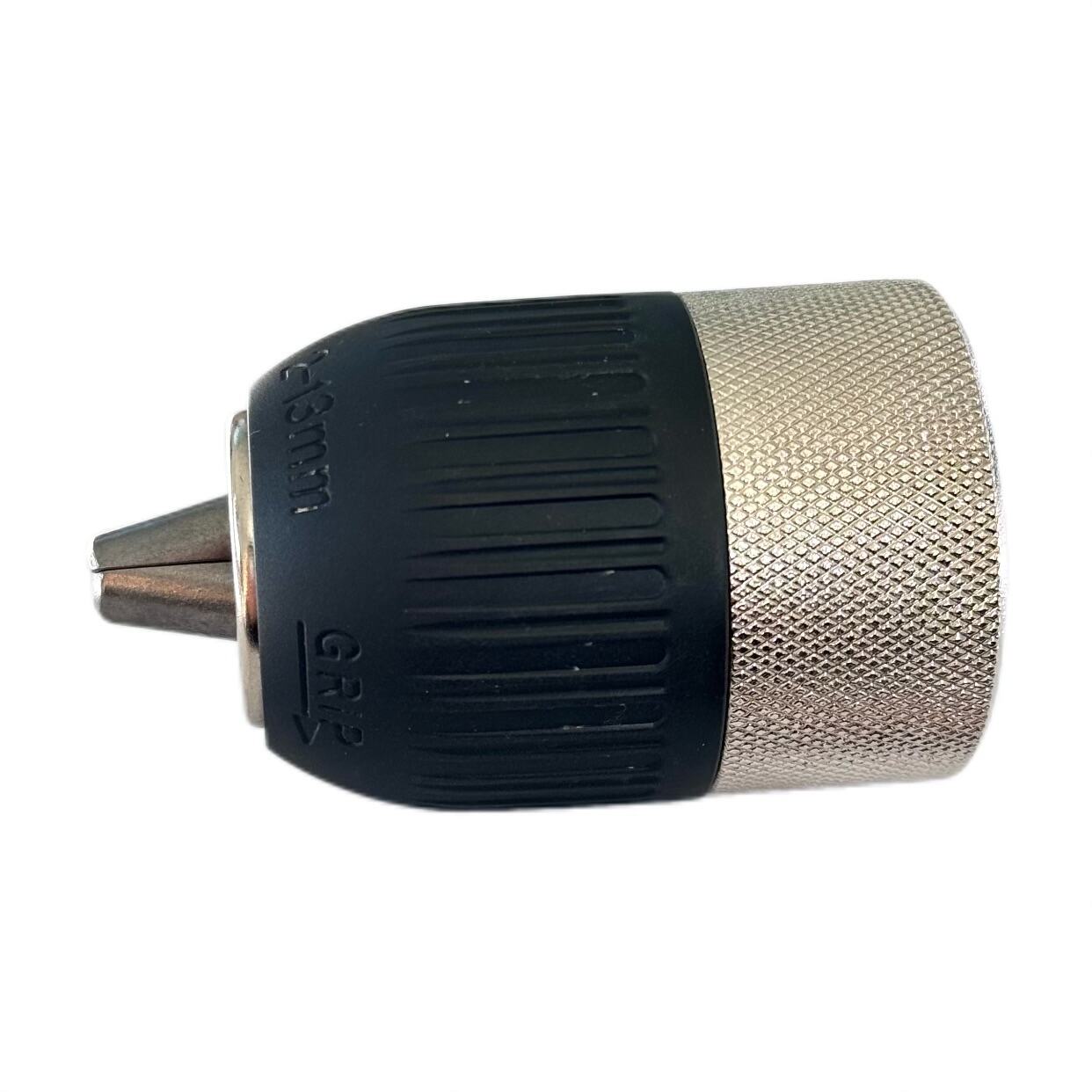Understanding the Modern Convenience of Keyless Drill Chucks
The evolution of power tools has brought us many innovations, and the keyless chuck stands as one of the most significant improvements in drill design. This ingenious mechanism has transformed the way we handle drill bits, making the process more efficient and user-friendly. A keyless chuck allows users to quickly change drill bits without the need for additional tools, revolutionizing both professional construction work and DIY projects.
The functionality of a keyless chuck relies on its sophisticated yet straightforward design. Unlike traditional keyed chucks that require a separate chuck key for operation, the keyless version can be operated entirely by hand. This advancement has not only saved countless hours in bit changes but has also eliminated the frustration of misplaced chuck keys.
Essential Components and Mechanics of Keyless Chucks
Core Structure and Design Elements
The keyless chuck consists of several precision-engineered components working in harmony. At its heart lies the chuck body, which houses the jaws that grip the drill bit. These jaws move in perfect synchronization through an internal threading system. The outer sleeve and grip ring work together to provide the necessary torque for tightening and loosening the chuck's grip on drill bits.
Modern keyless chucks often feature enhanced grip patterns and ergonomic designs that maximize user control. The materials used in construction typically include hardened steel for durability, with some models incorporating composite materials for improved handling and weight reduction.
Working Mechanism in Detail
The operation of a keyless chuck relies on a sophisticated gear system that multiplies the force applied by hand. When you rotate the chuck's collar, internal gears translate this motion into precise movements of the jaws. This mechanical advantage allows users to achieve tight grip strength without excessive physical effort.
The chuck's internal components are precision-machined to ensure smooth operation and prevent binding. Many modern designs include anti-slip features and ratcheting mechanisms that help maintain proper bit tension during use.

Step-by-Step Guide to Operating a Keyless Chuck
Proper Opening Technique
To begin changing a drill bit, firmly grasp the back collar of the keyless chuck with one hand while holding the drill steady. Rotate the front collar counterclockwise to open the jaws. The movement should be smooth and consistent. Continue until the jaws are wide enough to accommodate your desired drill bit.
It's important to note that some keyless chucks feature a ratcheting mechanism that produces clicking sounds during operation. This is normal and helps prevent over-tightening or loosening. Keep the chuck clean and free from debris to ensure smooth operation.
Secure Bit Installation Methods
Insert the drill bit straight into the center of the opened chuck jaws. Ensure the bit is properly aligned and seated as deeply as possible within the chuck. While holding the rear collar steady, rotate the front section clockwise to begin closing the jaws around the bit.
Apply firm, even pressure while tightening the chuck to ensure the bit is secured properly. A well-installed bit should be perfectly centered and show no wobble when the drill is running. Double-check the tightness by giving the chuck a final twist by hand.
Maintenance and Care for Keyless Chucks
Regular Cleaning Procedures
Maintaining a keyless chuck requires regular cleaning to ensure optimal performance. Remove accumulated dust and debris using compressed air or a small brush. Pay special attention to the jaw mechanisms and threading, as these areas can collect material that may affect operation.
For deeper cleaning, carefully wipe the chuck with a cloth dampened with light machine oil. This helps prevent rust and ensures smooth operation of all moving parts. Avoid using harsh solvents that could damage the chuck's internal components or surface finish.
Preventive Maintenance Practices
Regular inspection of your keyless chuck can prevent many common issues. Check for signs of wear, such as excessive play in the jaws or difficulty in gripping bits securely. Apply a small amount of dry lubricant periodically to maintain smooth operation and prevent binding.
Store your drill in a dry environment to prevent moisture damage to the chuck mechanism. When changing bits, avoid allowing the chuck to come into contact with dirt or debris that could compromise its operation.
Troubleshooting Common Issues
Addressing Grip Problems
If your keyless chuck begins to slip or fails to grip bits securely, first ensure the jaws are free from debris and damage. Sometimes, simply cleaning and properly lubricating the mechanism can resolve gripping issues. Check that bits are properly centered and fully inserted before tightening.
In cases where the chuck continues to slip, inspect the jaws for wear or damage. While some wear is normal over time, excessive wear may indicate the need for chuck replacement or professional servicing.
Dealing with Mechanical Difficulties
When experiencing difficulty in opening or closing the keyless chuck, avoid using tools or excessive force that could damage the mechanism. Instead, try cleaning the chuck thoroughly and applying appropriate lubrication. If binding occurs, gently work the chuck back and forth while applying moderate pressure.
For chucks that have become completely stuck, consult the manufacturer's guidelines or seek professional assistance. Attempting to force a stuck chuck can result in permanent damage to both the chuck and the drill.
Frequently Asked Questions
Can a keyless chuck be as secure as a keyed chuck?
Yes, modern keyless chucks are engineered to provide grip strength equal to or greater than traditional keyed chucks. When properly maintained and operated, they offer excellent bit retention and precision.
How often should I clean my keyless chuck?
Regular cleaning is recommended after every few uses, especially in dusty conditions. A thorough cleaning and lubrication should be performed monthly for drills in frequent use.
What should I do if my keyless chuck becomes stuck?
First, try cleaning and lubricating the chuck mechanism. If it remains stuck, gently work it back and forth while applying moderate pressure. For persistent issues, consult a professional to avoid damaging the tool.

